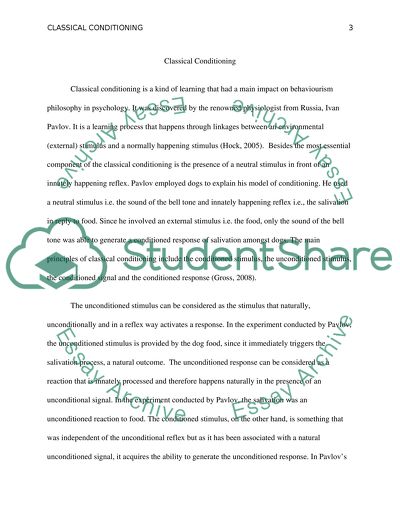Cite this document
(“Classical Conditioning Essay Example | Topics and Well Written Essays - 1250 words”, n.d.)
Classical Conditioning Essay Example | Topics and Well Written Essays - 1250 words. Retrieved from https://studentshare.org/psychology/1492480-classical-conditioning
Classical Conditioning Essay Example | Topics and Well Written Essays - 1250 words. Retrieved from https://studentshare.org/psychology/1492480-classical-conditioning
(Classical Conditioning Essay Example | Topics and Well Written Essays - 1250 Words)
Classical Conditioning Essay Example | Topics and Well Written Essays - 1250 Words. https://studentshare.org/psychology/1492480-classical-conditioning.
Classical Conditioning Essay Example | Topics and Well Written Essays - 1250 Words. https://studentshare.org/psychology/1492480-classical-conditioning.
“Classical Conditioning Essay Example | Topics and Well Written Essays - 1250 Words”, n.d. https://studentshare.org/psychology/1492480-classical-conditioning.


